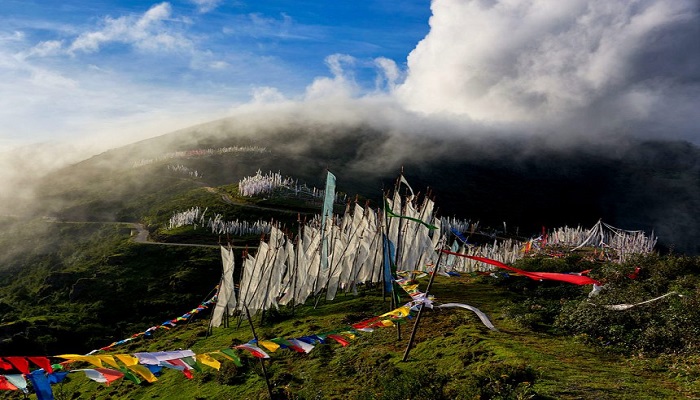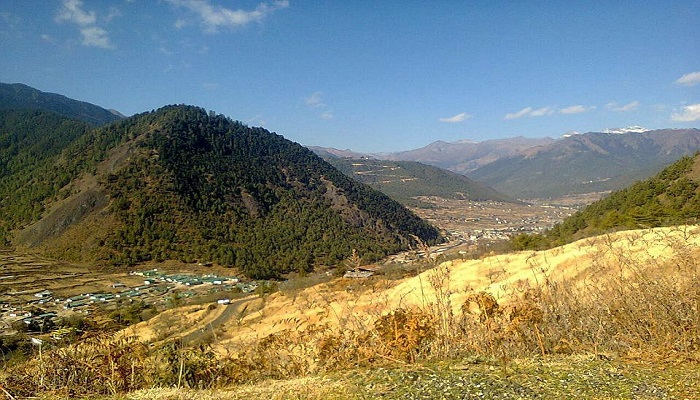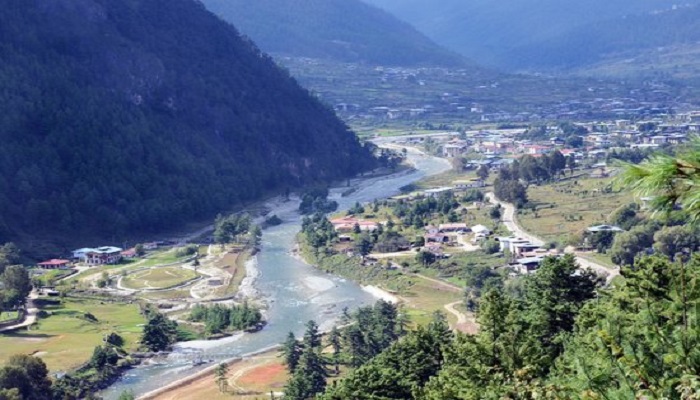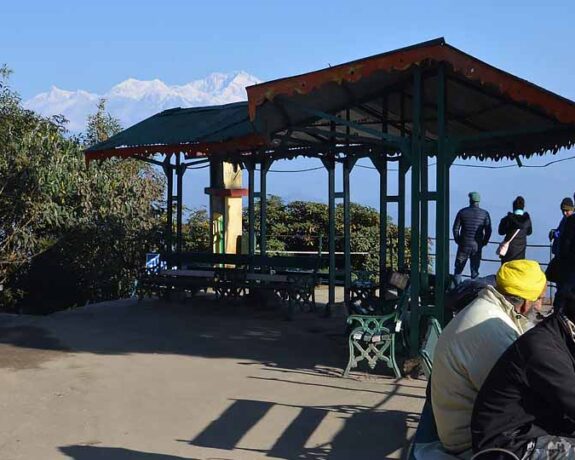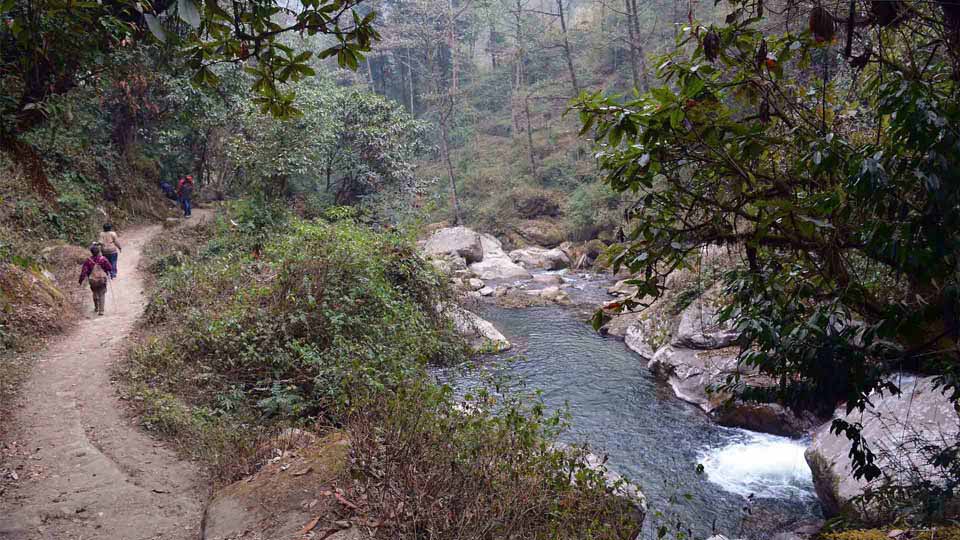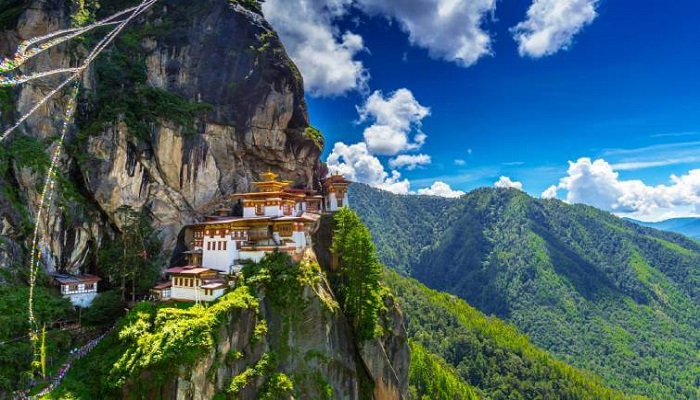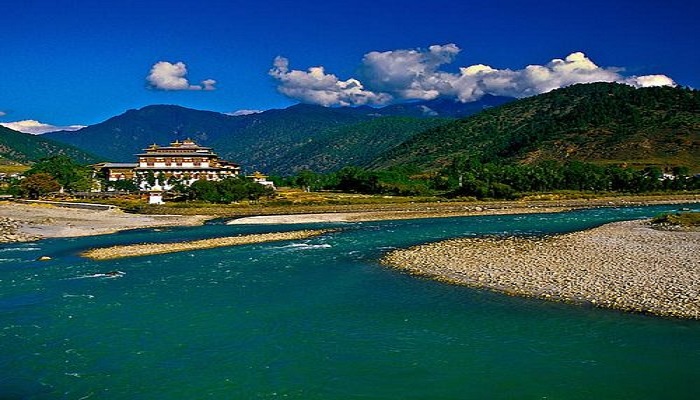Description
Thimpu-Chele La-Haa Valley-Paro Itinerary: 6 Days/5 Nights
Day 01: Reach Hasimara/Alipurduar Rly stn
Pickup from Hasimara or Alipurduar and proceed to Jaigaon. Check into hotel. Post Lunch walks around Phuntsholing. Overnight in Jaigaon.
Day 02: Jaigaon to Thimpu
Get permission (with support from our representative) at Phuntsholing & Start for Thimpu (7,500 ft), the capital of Bhutan. On the way enjoy the beauty of Bhutan Himalaya. On arrival at Thimpu check into your respective hotel. Overnight in Thimpu.
Day 03: Thimpu sightseeing
Drive for a full day Thimpu sightseeing starting with Tashicho Dzong, the house of most of the govt. offices. Proceed to National Library houses some exclusive collection of Buddhist manuscripts & texts as well as the modern literature, Zorig Chusm the school of traditional handicrafts & arts. Visit Institute of Tibetology, handicraft emporium & the National Memorial Chorten. Overnight in Thimpu.
Day 04: Thimpu to Paro
Early morning proceed to Paro.& Proceed for a full day sightseeing of Paro, another eminent destination in Bhutan. Visit Drukgyal Dzong, Taktsang Monastery, Kichulanka Monastery, Ta Dzong, Paro Rinpung Dzong (Museum), Nya-Mey Zam, Dungtse Lhankhang, Kila Gompa, Druk Choeding. Overnight in Paro.
Day 05: Chele La & Haa Valley
Proceed for an excursion tour to Chele La (Pass) & Haa Valley Only (Border of the Bhutan and China). Chele La (Pass), at an elevation of 14,500 ft (4200 m), is 42 km drive through the rhododendron & pine forest. It offers a spectacular view of Mt. Jomolhari. Drive for an hour to reach Haa Valley. Enjoy stunning scenic beauty around Haa Valley & monasteries. Overnight at Paro.
Day 06: Depart Paro
Drop at Alipurduar or Siliguri for onward journey.
Things you must know about Bhutan
The Kingdom of Bhutan is a small landlocked country located in the southern foothills of the Himalayan mountain range, sandwiched between the People’s Republic of China in the north and the Republic of India in the south.
It is a sovereign nation, with a total land area of 38,394 km² and a total population of 771,608 (2020 estimated).
The country was originally known by many names including Lho Jong, ‘The Valleys of the South’, Lho Mon Kha Shi, ‘The Southern Mon Country of Four Approaches’, Lho Jong Men Jong, ‘The Southern Valleys of Medicinal Herbs and Lho Mon Tsenden Jong, ‘The Southern Mon Valleys where Sandalwood Grows’. Mon was a term used by the Tibetans to refer to Mongoloid, non-Buddhist peoples that populated the Southern Himalayas.

